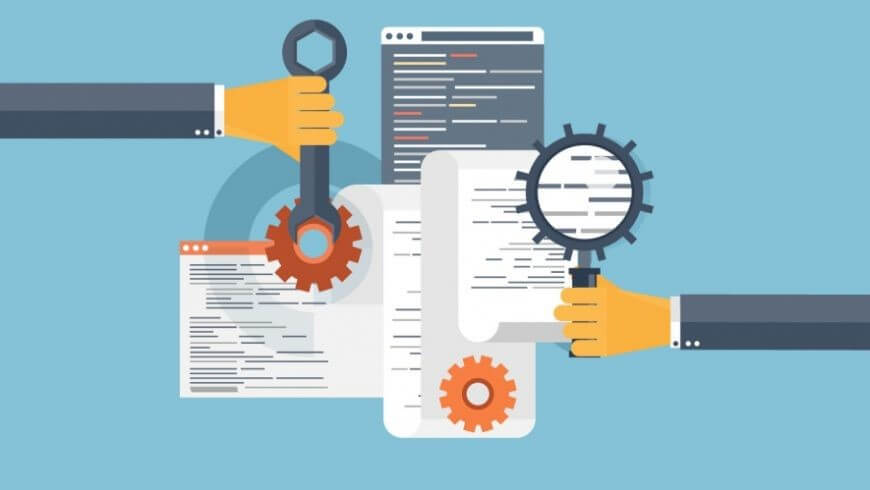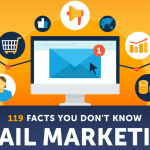6 essential aspects of technical SEO that any site should check

For most people, the technical side of SEO optimization is the least “interesting” part, considering that only programmers should know and deal with it.
However, a minimum level of SEO technical knowledge can have a significant impact on a site’s position in Google. It is true that the technical part of SEO optimization is more difficult and less “edible”, but in this article we will try to explain in the simplest terms what are the most important aspects that you must take into account to ensure that your site is fine in this regard.
What is technical SEO?
Technical SEO, part of the on-page optimization process, involves improving the technical aspects of a site in order to get the best rank in search engines. By making sure that the site has a high loading speed and is easy to index and interpret by Google crawlers, you will build a solid technical foundation for it.
Why should you optimize your site technically?
The purpose of search engines is to provide users with the most relevant results to the queries they perform, indexing and evaluating web pages based on several factors.
Some of these focus on the user experience, such as loading speed of the site. Other factors are related to the ease with which Google robots “understand” the content of pages on the site (for example, structured data such as schema.org). Therefore, improving the technical aspects of the site will help search engines to index it as efficiently as possible, being rewarded with higher ranking in SERPs (Search Engine Results Pages).
What are the most important aspects of technical SEO?
A well-optimized site from a technical point of view is easy to navigate by users and easy to index by search engine robots. Here are the features of a well-optimized site from a technical point of view:
1) Loads quickly
Currently, a site that does not load quickly is ignored by users and overtaken by competitors. According to statistics, 53% of mobile device users leave a site if it does not load in a maximum of 3 seconds. So, if your site does not benefit from a high loading speed, visitors will drop off quickly and will choose those of the competitors, which will generate a very high bounce rate and substantial traffic losses.
Upload speed is a very important listing factor for Google. A web page that loads heavily will suffer ranking decreases, which will lead to an even greater decrease in traffic.
If you want to test the loading speed for your site, we recommend Google Page Speed Insights, an easy-to-use tool that offers many suggestions for improving this factor.
2) Easily indexed by search engine robots
Google bots, also known as crawlers or spiders, follow a site’s links to discover its pages and content. A well-built internal link architecture will help crawlers better understand which are the most important pages on the site.
But there are other ways you can guide robots in the indexing process. For example, you can block certain pages from being indexed, allow crawlers to crawl a certain page but not display it in the SERP, and tell spiders not to follow certain links.
The most efficient way to give specific directions to Google crawlers is through the robots.txt file. Be careful, however, on how you use it, because a simple mistake can prevent search engine spiders from indexing the site correctly, or even completely removing it from the index.
3) It has as few defective links as possible
What could be more frustrating for users than reaching a page that doesn’t exist? If a link directs the visitor to such a page, they will encounter a 404 error, which is a weakness before Google crawlers.
To prevent such situations and to have as few defective links on the site as possible, each time you delete or move a page from the site, you should perform a 301 redirect to another functional page.
4) It has no duplicate content
If your site has duplicate content on multiple pages, Google crawlers may be misled. If two pages have identical content, how will they be able to decide which one to list in higher rankings? As a result, pages with duplicate content will be ranked weaker in the SERPs.
Unfortunately, you can have duplicate content on the site without realizing it. For various technical reasons, different URLs may lead to the same content (for example, the homepage may be duplicated by a site / index.php URL). The user may not notice this, but Google will see two different pages, but with the same content.
Fortunately, there is a solution to this problem. By inserting the “rel = canonical” tag, you can indicate to the search engines which is the reference page you want to list.
5) It is secured by an SSL certificate
A technically well-optimized site should benefit from an SSL certificate, which has the role of guaranteeing users the security of personal data. The address of a site that has implemented such a certificate will start with “https: //” instead of “http: //”
6) Has an XML sitemap
An XML sitemap is a list of all the pages of a site. It serves as a “map” for search engines, with the main purpose of informing them about the component pages of the site. With the help of the XML protocol, Google will better understand the structure of the site, ensuring a more efficient indexing of it.
The XML standard has become common and accepted by all search engines such as Google, Bing and Yahoo, and the use of an XML sitemap is now an optimal way to communicate to them changes in the structure of the site.


